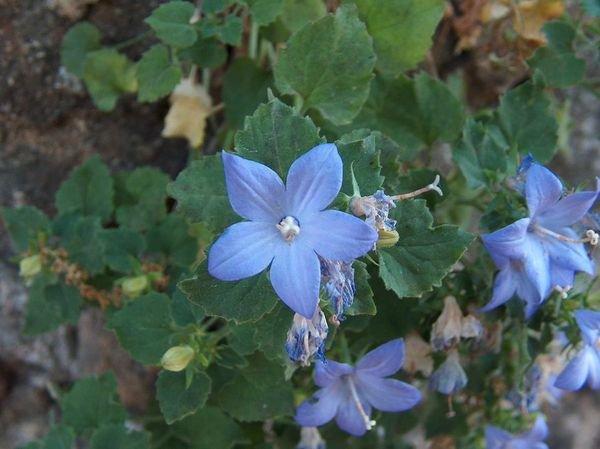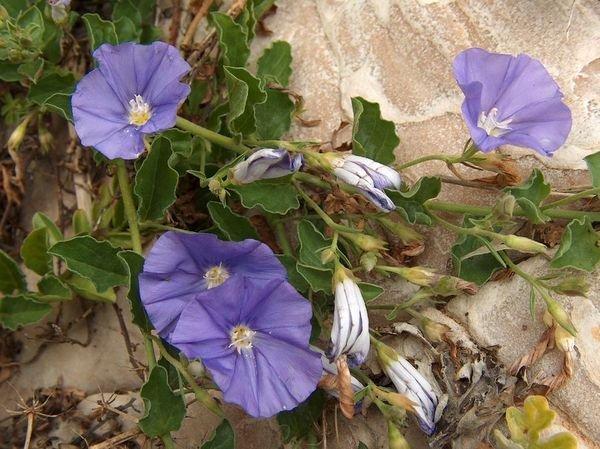reserved area
Events
We remind to participants that the cost of events is not included in the registration fee for the Congress
Thursday, September 22, 2011
21:00 Social Dinner (50.00 Euro)
Friday, September 23, 2011
18:00 Guided visit to Aquarius of Genoa (20.00 Euro)
Saturday, September 24, 2011
8:00 to 18:00 in the post-congress excursions Finale (40.00 Euro)
8:00 to 17:00 post-congress excursion to the Hanbury Botanic Gardens (40.00 Euro)
The Finalese area
The promontory of Capo Noli then hosts a contingent of floristic elements and thermo coastal halophyte vegetation only locally represented in Liguria.
Also emerges in a Miocene limestone, the "Stone of Finale, which strongly influences the landscape with vertical cliffs, hanging valleys, sinkholes and karst plateaus.
The Finale is also home to an endemic species, Campanula isophylla Moretti, from late June to late autumn colors the white limestone walls, including walls of the houses of the village of Verezzi, built right to the Finale stone.
Among other interesting species in the area, including the SCI IT1323201 Finale-Capo Noli, there are Campanula sabatia De Not., endemic of western Liguria in Cape Noli and described in Annex II of the Habitats Directive as a priority, Convolvulus sabatius Viv. that was the only station in Cape Noli Liguria Aphyllanthes monspeliensis L. and Coris monspeliensis L. close to the limit distribution, Linum L. austriacum subsp. collinum (Boiss.) Nyman, who here has one of the few Italian stations.


The karst phenomena have ensured the presence of man since ancient times and so many "arms " (caves) have yielded remains of early man that have allowed a detailed reconstruction of human settlements since prehistoric times.
Many of these artifacts are housed in the Archeological Museum of Finale (with exhibits from the Paleolithic to the Middle Ages) Finalborgo, whose center was renovated a few years ago is well worth a visit along with that of Noli, Varigotti and Verezzi, to name only the most important.
Turist information on Finale
Archeological Museum of Finale - WEB site
Hanbury Botanic Gardens
It was a love of nature that lead an English family to create a botanical garden near Ventimiglia beginning in 1867, in order to acclimatize plants from many different climatic zones of the world which would benefit from the favourable position and in particular the mild climate of what was to become the Hanbury Botanical Gardens. The contribution of botanists, agronomists and landscape designers, the majority of whom were foreigners, led to the creation of a magnificent ensemble both in its botanical aspect (5,800 ornamental, medicinal and fruiting species) and its landscaping aspect, creating a harmony between buildings, garden structures and the terraces under cultivation, which is unequalled in Europe.
Hanbury Botanic Gardens - WEB site

© societÓ botanica italiana onlus











